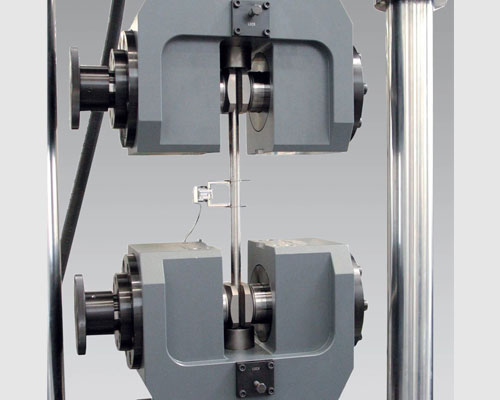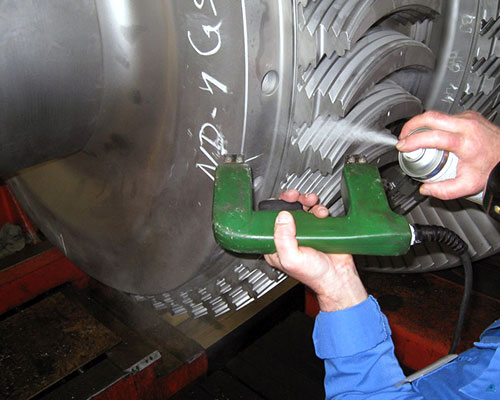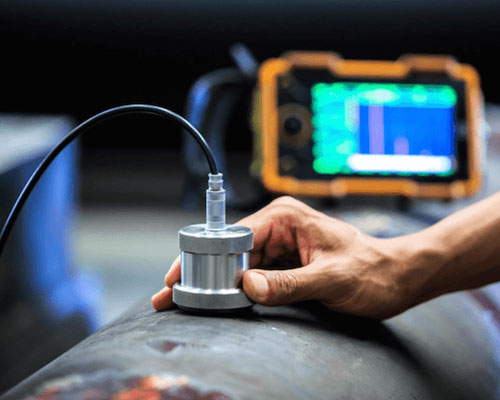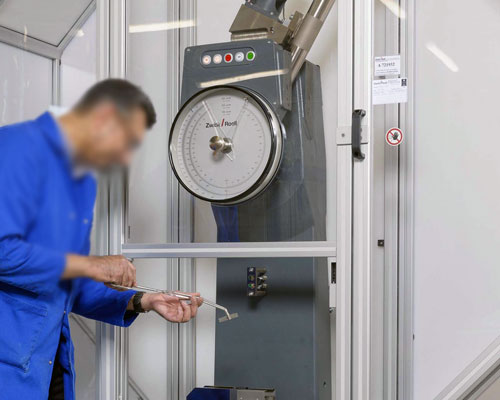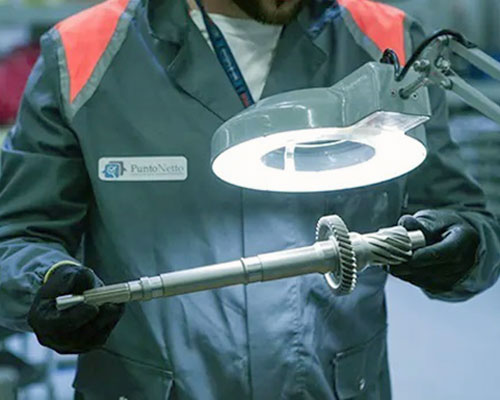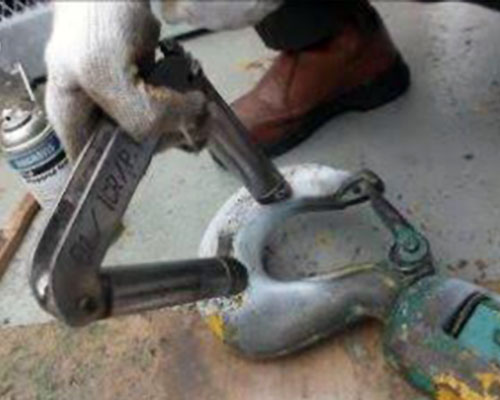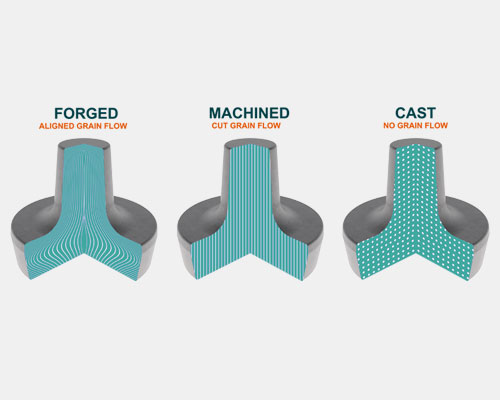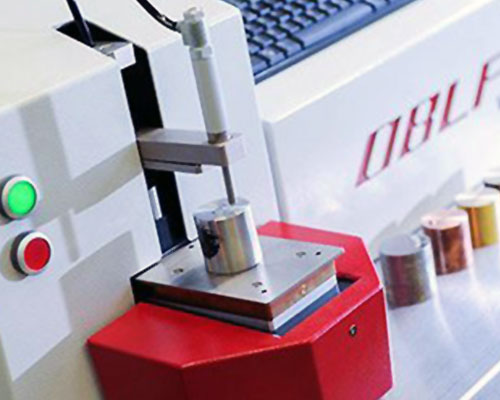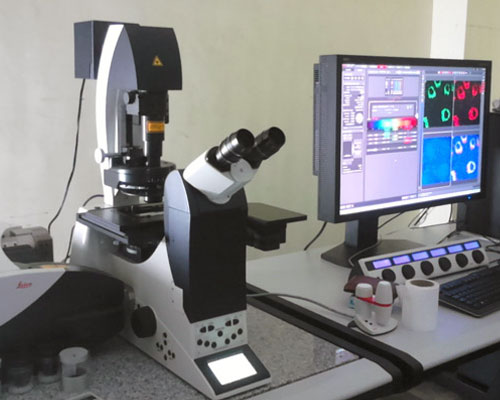How We Work?
Our Manufacturing Process
The manufacturing process for crane hooks involves several complex steps, as they need to meet rigorous safety standards and have the structural integrity to handle extremely heavy loads. The process includes selecting high-quality materials, forging, heat treatment, machining, surface finishing, and final inspection. Here's an overview of the entire manufacturing process, step by step:
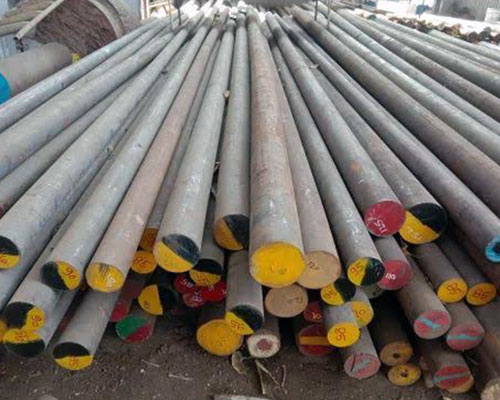
In-process materials go through several phases: from raw material inspection to forging, machining, heat treatment, surface coating, and final inspection. Before any transformation occurs, the raw materials are inspected.
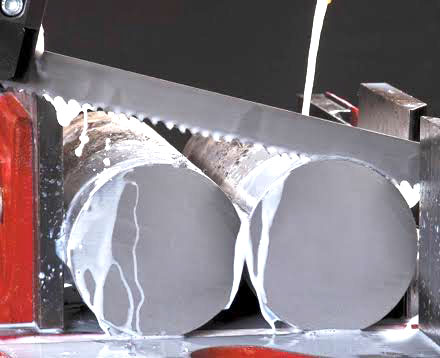
Cutting is to cut raw material into smaller lengths that are appropriate for forging into crane hooks. Shearing is a specific form of cutting where material is sheared using a sharp blade — like scissors for metal.
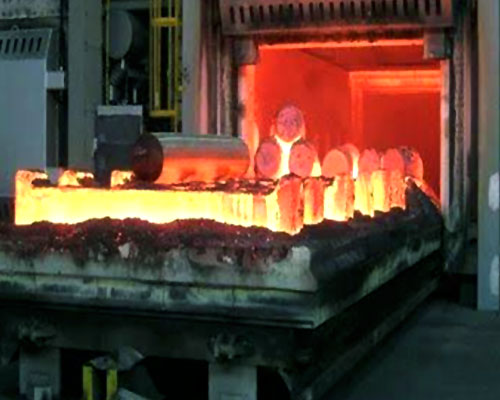
Heat treatment is critical in determining the final mechanical properties of the crane hook. It enhances hardness, strength, and toughness while minimizing the risk of brittleness or fatigue failure.
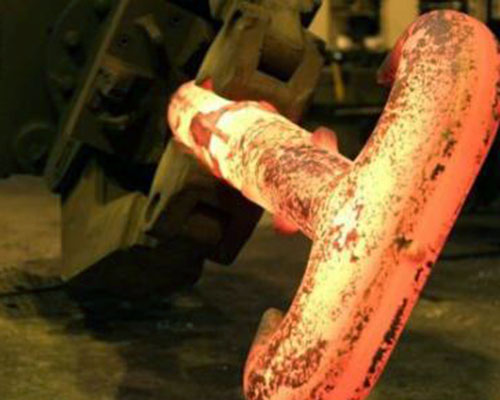
The raw steel is heated to a temperature where it becomes malleable (around 1,100–1,200°C for most steels) and then formed into the rough shape of the crane hook using a forging press or hammer.
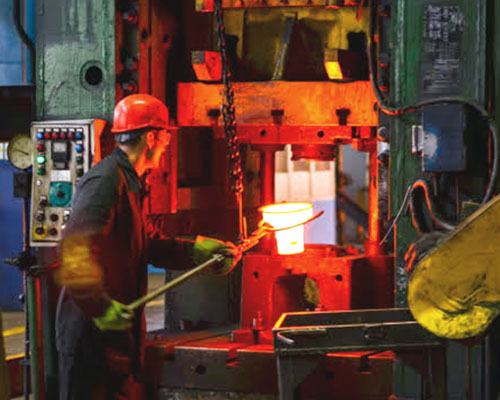
After a crane hook is forged, there will often be flash - excess material that squeezes out at the die parting lines. Trimming removes this flash, ensuring the hook conforms to precise specifications and has clean, safe edges.
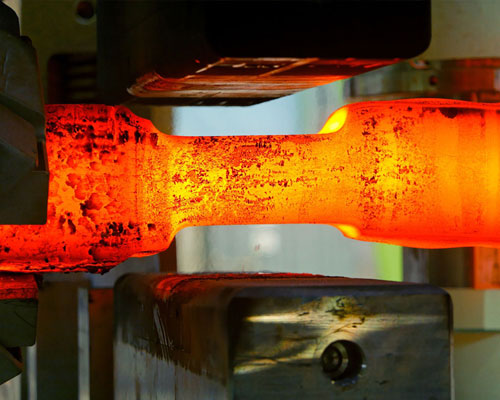
Coining is a precision forging or finishing process where a high-pressure press is used to Improve dimensional accuracy, Enhance surface finish, Densify the outer layers & Remove minor distortions from earlier forging steps.
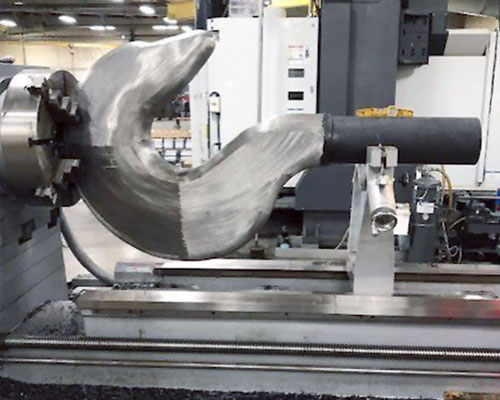
Machining is a material removal process that uses tools (like lathes, mills, drills, or grinders) to shape parts with high precision — especially in areas that require tight tolerances or smooth finishes.

It refers to a heat treatment process used to increase the strength, hardness, and wear resistance of the metal. This process is essential because, hooks undergo heavy stress and must not deform or fail during lifting operations.

Dimension check refers to whether hook will fit correctly with shackles, slings, and lifting hardware. The load-bearing zones meet structural design requirements. There's no excessive wear or deformation.
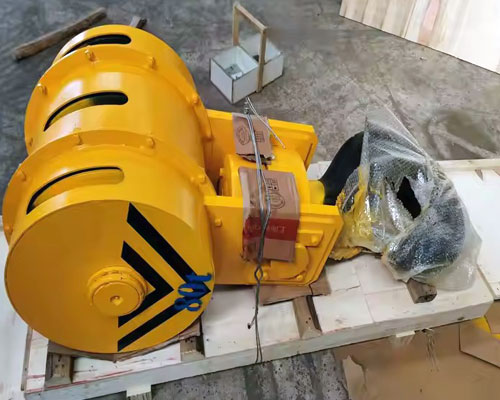
Packaging is to Protect from physical damage (scratches, dents), Prevent corrosion (moisture, rust), Ensure safe transport & handling, Maintain traceability and labeling & lastly comply with customer or export specs

Transportation should be in such a way to prevent damage to machined or load-bearing surfaces, maintain product integrity post-inspection, ensure safe handling during loading/unloading & last but not the least, meet customer and export requirements.
